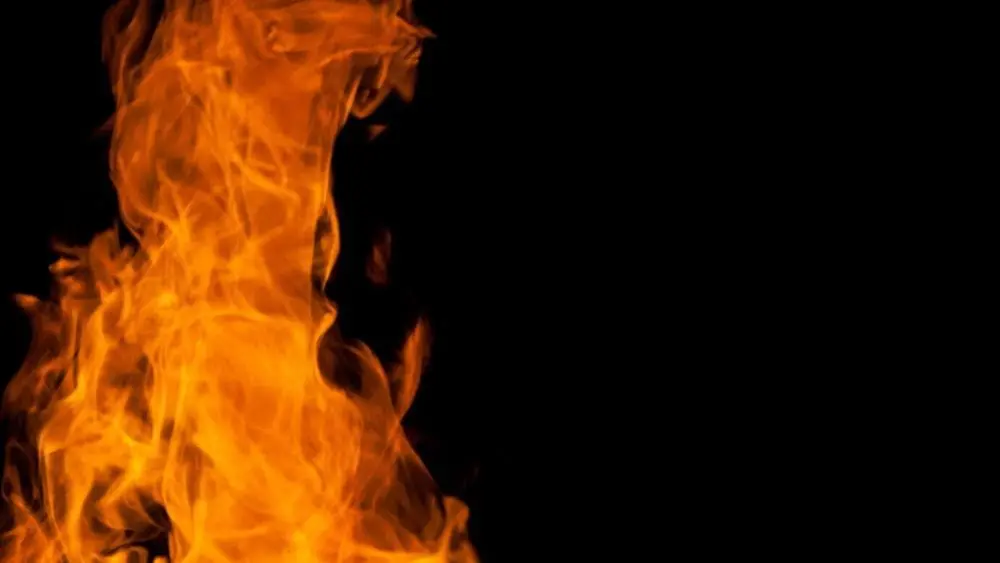
Across the U.S., wildfires are wreaking havoc as hot, dry and windy conditions create a fire-friendly environment. Already in the first half of the year, fires have burned more acres in California than in the same period last year – a year in which California spent billions fighting fires on 1.3 million acres and 46 people died. And California is not alone. Firefighters are battling blazes from west Texas to the Colorado and beyond.
While homeowners can’t control the weather that contributes to fire outbreaks, they can take steps to minimize their home’s risk by fireproofing their landscapes now, while protecting their home. Among the recommendations experts advise:
Get an Expert Evaluation
“Homeowners need to have their homes evaluated for wildfire danger by their local fire department,” advised Will Boettner with the Travis County Fire Marshal’s Office at a Central Texas media event in May. Local fire departments and communities offer fire-safety evaluations at no charge, and landscaping companies are another source of great advice for a fire-resistant landscape.
Stay Informed
Most communities offer early warning systems that enable emergency departments to alert residents about impending dangers. Check with your local fire department and municipality to get on the notification networks in your area.
Create a Barrier or Defensible Space Around Your Home
“The main reason for defensible space is to reduce the amount of flammable vegetation and give the fire departments the opportunity to ‘defend’ your home from fire,” explained Tim Morin, forester and project developer for Davey Resource Group in California. “Having your home protected with defensible space not only protects you but your neighbors as well.”
Among other things, Morin recommends keeping firewood and highly flammable trees, shrubs and plants at least 30 feet from your home. Be diligent about mowing grass and weeds, and trim low-hanging tree branches and deadwood.
But don’t think your defensible space can’t still be beautiful. According to Colorado State Forestry Department retired Staff Forester F.C. Dennis, “Many plant species are suitable for landscaping indefensible space. Use restraint and common sense, and pay attention to plant arrangement and maintenance.”
Dennis suggests incorporating decorative rock, gravel and stepping stones around groundcover, and most importantly, around the first five feet of the house. In addition, space plants in the defensible zone are more widely and slower growing than those further from the house. For more tips on creating a defensible space, read the Colorado Extension Service’s quick guide.
Choose Fire-Resistant Landscaping
While all plants are potential fire fuel, some are more fire resistant. Look for plants that retain moisture and are drought tolerant. For example, “Deciduous plants tend to be more fire resistant because their leaves have higher moisture content and their basic chemistry is less flammable,” notes Colorado Extension Service.
In addition, the Service says, “In some cases, there is a strong correlation between drought tolerance and fire resistance. For example, a plant may shed its leaves or needles during extreme drought. Other drought-tolerant species may have smaller leaves or thick, succulent leaves. These plants offer less fuel or have a higher moisture content, both of which help reduce fire hazard.”
By taking a few steps now, and paying ongoing attention to maintenance, homeowners can help strengthen their home’s defenses against a wildfire – and still enjoy a beautiful landscape.

Freelance writer and marketer Sue Durio has been writing about construction, design and related products for more than 18 years.
 High Supply Drops Dayton Home Prices
High Supply Drops Dayton Home Prices